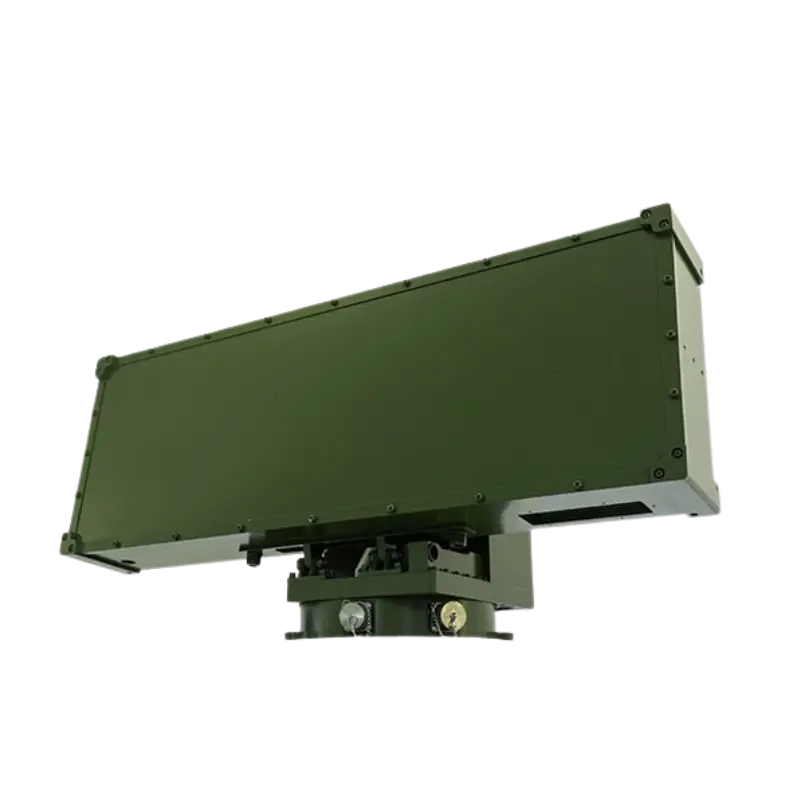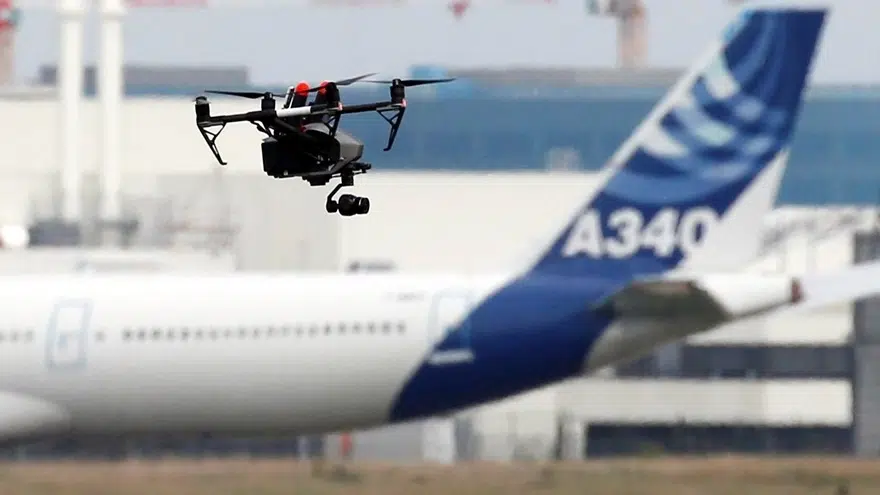The Growing Threat of Drones in Airport Airspace
Unauthorized drone incursions near airports have become a critical safety concern. In 2018, Gatwick Airport’s 36-hour shutdown due to drone sightings cost airlines over £50 million, highlighting the urgent need for reliable Drone Detection Radar systems. Unlike traditional air traffic radars designed for larger aircraft, these specialized systems must detect small, low-flying drones with minimal radar cross-sections (RCS).
Modern Drone Detection Radar solutions like the Blighter A800 series combine Doppler processing with micro-Doppler signature analysis to distinguish drones from birds—a capability absent in conventional airport surveillance radars.
How Drone-Specific Radars Outperform Traditional Systems
Frequency Band Selection Matters
Most airport perimeter Drone Detection Radar systems operate in:
– X-band (8-12 GHz): Offers superior resolution for small targets but has shorter range
– Ku-band (12-18 GHz): Balances resolution and atmospheric penetration
– W-band (75-110 GHz): Emerging technology for ultra-precise detection
| Radar Type | Detection Range | RCS Threshold |
|---|---|---|
| Primary Surveillance Radar | 200+ nm | >1 m² |
| Drone Detection Radar | 3-10 km | <0.01 m² |

Pulse Doppler Radar | YFR-02 Anti-Drone Scanning X/Ku Band
Original price was: $9,299.$129,999
YFR-02 is a three-coordinate anti-drone pulse Doppler radar with azimuth scanning and elevation scanning, used for detecting and locating aircrafts.
The Challenge of Urban Clutter
Airport environments generate intense ground clutter from vehicles, buildings, and maintenance equipment. Advanced Drone Detection Radar systems employ:
– MTI (Moving Target Indication) filters to suppress static clutter
– CFAR (Constant False Alarm Rate) processing for adaptive thresholding
– Deep learning classifiers to reduce false alarms from birds
The Robin Radar Systems platform demonstrates how AI-powered classification can achieve >95% accuracy in urban airport settings.
Integration With Multi-Layer Defense Systems
Standalone radar detection isn’t enough. Effective airport protection requires sensor fusion:
1. Radar cueing: Initial detection by Drone Detection Radar
2. EO/IR confirmation: Visual verification by pan-tilt-zoom cameras
3. RF detection: Identification of drone control signals
4. Mitigation: Deploying jammers or net guns
The Dedrone City-Wide platform exemplifies this integrated approach, reducing response time from minutes to seconds.
Regulatory Hurdles and Technical Limitations
Despite advancements, current Drone Detection Radar systems face challenges:
– Spectrum congestion: Airport radars must avoid interference with ILS (108-118 MHz) and weather radars
– Size/weight constraints: Installation on mobile units requires compact designs
– Cost barriers: Full perimeter coverage at major airports requires $2M+ investments
Emerging solutions like Aaronia’s Spectran V6 address these through software-defined radar architectures.
Future Directions in Counter-Drone Radar Tech
Next-generation systems will likely incorporate:
– Phased array antennas for electronic beam steering
– Cognitive radar that adapts waveform parameters in real-time
– Quantum radar concepts for improved sensitivity
The FAA’s UAS Detection Research Program is actively testing these technologies at 12 US airports.

